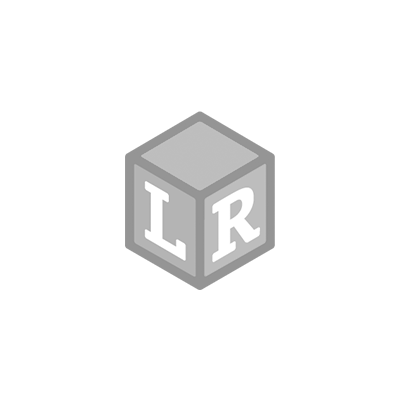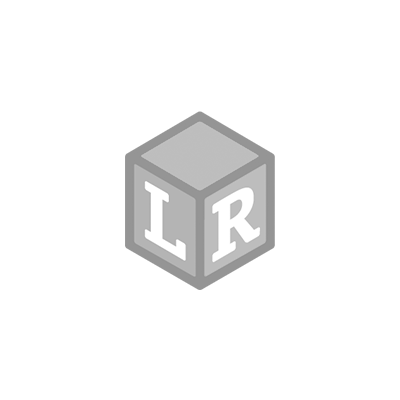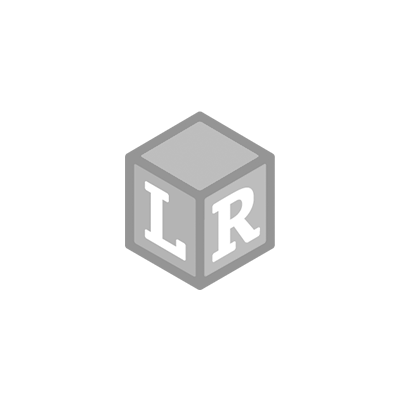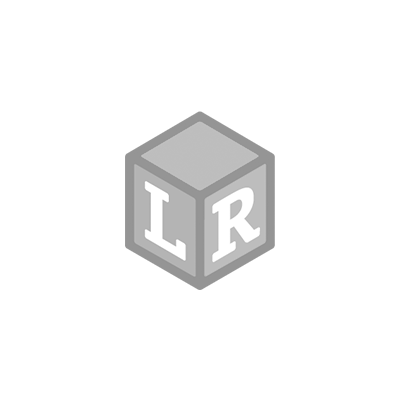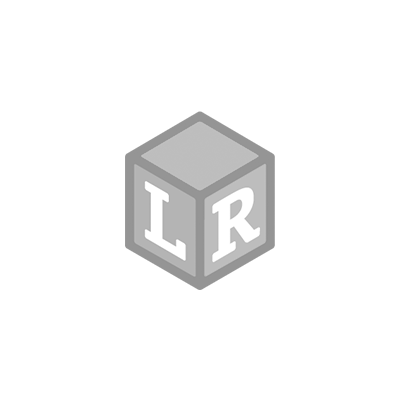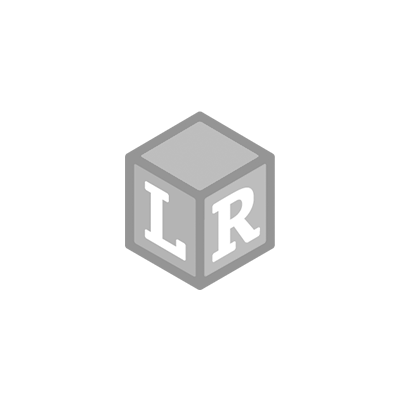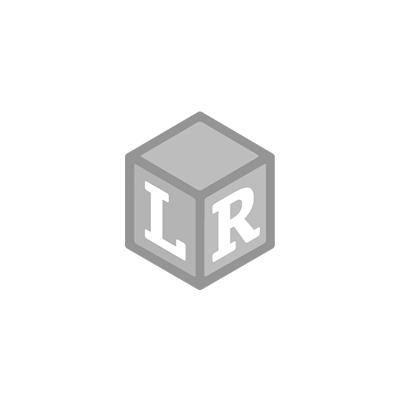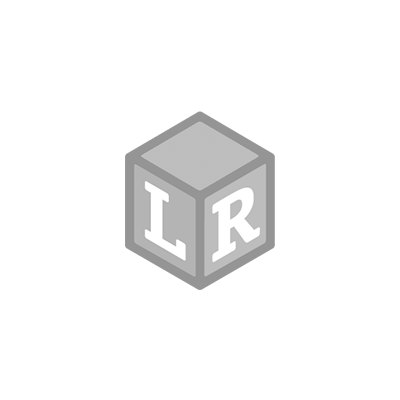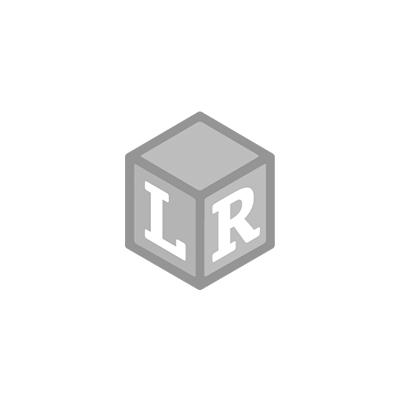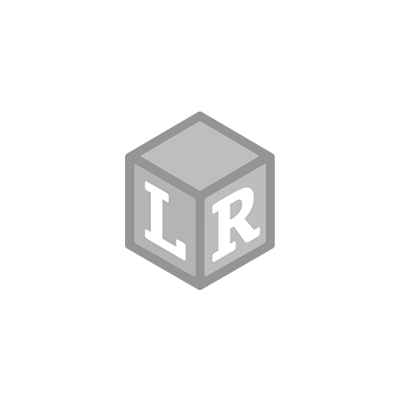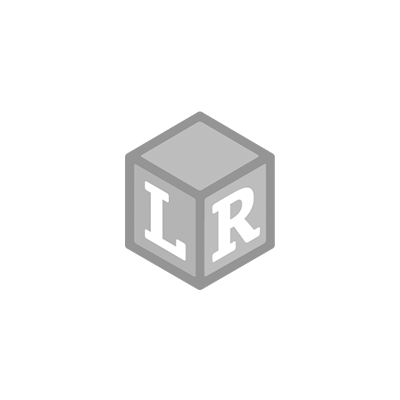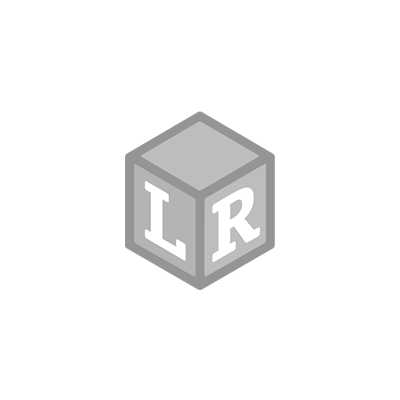5 Homeschooling Favorites
- Gabrielle Fischer Posted On Sep 11, 2020
Back to school is looking different for everyone, whether you are fully online, in-person, or a little bit of both. Learning Resources has you covered, we picked some of our favorite products that can help you elevate your student’s learning. This list contains five products that can be used together or separately in the classroom! As you use these products, you and your little ones will continually find new ways to use them.
Translucent Geometric Shapes
Using our Translucent Geometric Shapes, there are different exercises from sorting and classifying, identifying the shape, building, fractions, geometry, and more! The different angles of certain pieces allow for introduction an introduction to right, obtuse, and acute angles. This comprehensive geometry set includes fourteen different shapes in seven colors! Relational shapes are perfect for combining small shapes to form larger shapes in multiple ways. This set also features circles in whole, half and quarter increments, which open engaging avenues for fraction exploration. Encourage students to classify and sort the shapes by attribute, such as number of sides, number of angles, straight sides, curved sides, and so on. Have your students
Shapes Don't Bug Me
In conjunction with our Translucent Geometric Shapes, the Shapes Don't Bug Me set is bound to be a classroom favorite. Pieces are relational and translucent, so the creative opportunities are endless! Crawling in the garden or buzzing through the park, bold buggy shapes bring geometry out of the dark! Become an artist of geometry with Shapes Don’t Bug Me while learning that math can be as fun as a summer day. The best part about these shapes, is that they can be sanitized in between uses.
Big Time Student Clock
The Big Time Student Clock is a great way to help kids grasp time skills. Besides the fact that it is super fun to play with, hands-on, and will get them excited about telling time, it will also help them learn how a clock works, where the numbers are, and what order they go in. Teaching time can also be done in everyday conversations, have your student move the clock handles to 12:30 and explain that lunch is at that time. Telling time can be fun and the Big Time Student Clock is ready to play!
Lights and Sounds Buzzers
Kids will light up when they reach for the Lights and Sounds Buzzers. The lights and sounds answer buzzers get little ones giggling and imitating these silly sounds just press to listen add buzzers to any lesson for some extra fun. These buttons are great for teaching patience while waiting for their turn. The buttons include the following sounds: a siren, game-show buzzer, laser and voice saying, "Charge".
Patterned Hand Pointers
These engaging hand pointers are the perfect way to liven up any lesson plan-and encourage students to get excited about learning. These pointers draw student attention and interest and provides positive behavioral intervention. Patterned Hand Pointers show up sharply against light-colored surfaces, but works equally as well on pocket charts, word walls and more!
 Shop UK Site
Shop UK Site 
